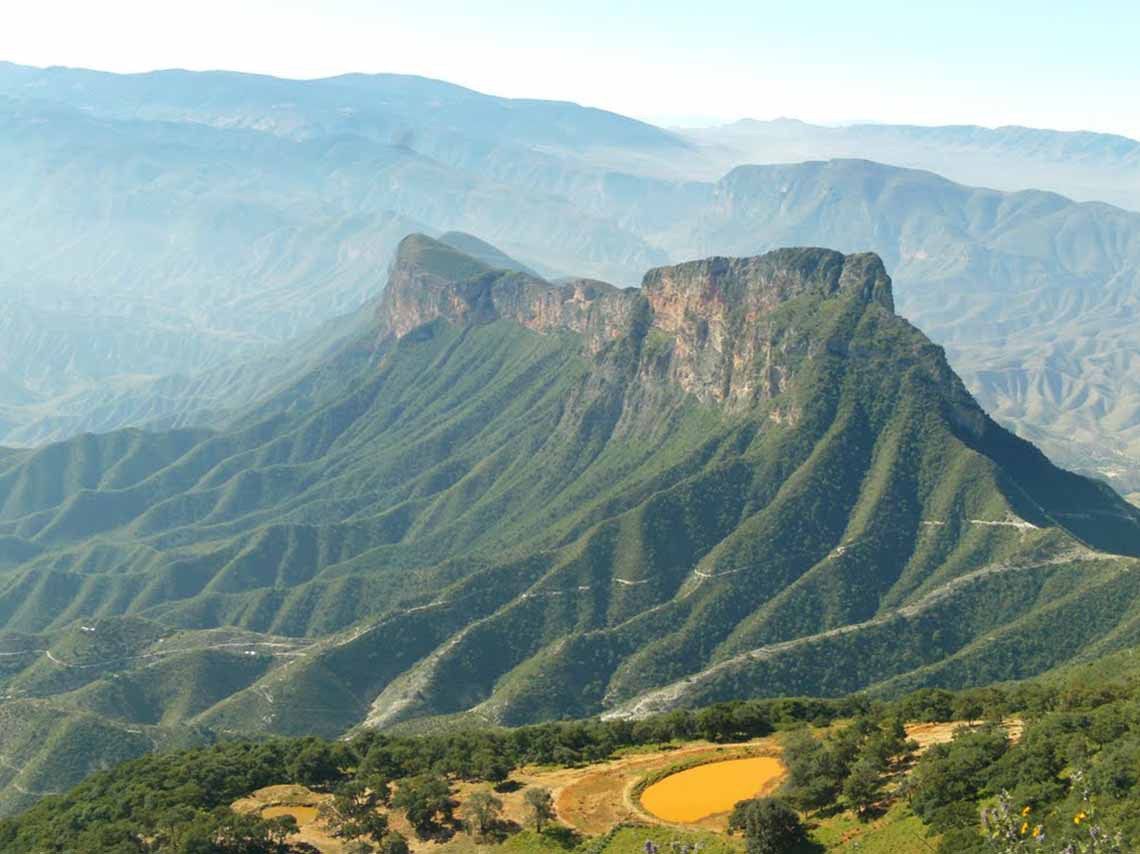The Grupo Ecológico Sierra Gorda, I.A.P. (GESGIAP) was founded in 1987 by local citizens from the Sierra Gorda, a mountainous region situated in the state of Querétaro, Mexico. It is one of the most ecologically diverse regions of Mexico, but also has high levels of poverty. The organisation has demonstrated that the success of projects for the conservation and protection of biodiversity and sustainable development is determined by a foundation of social strategy that involves the community, has clear and measurable objectives, and is supported by an alliance of government and private sector.
When GESGIAP initiated its work, the Sierra Gorda was facing numerous threats common to areas of high biodiversity in Mexico and Latin America, such as extensive cattle ranching, inefficient agricultural practices, forest fires, inadequate forest management, and contamination, all exacerbated by the lack of knowledge and extreme poverty of its inhabitants. There are 95,000 people in the Sierra Gorda that depend on traditional sustenance activities, such as farming and the extraction of goods from forests.
How it all started
When the movement started, there were only a handful of volunteers in a totally forgotten rural environment. As in other areas of the country, no regulations existed for the management of its natural resources. GESGIAP obtained the support of local inhabitants of the area and together requested that the federal government protect the area through the creation of the Sierra Gorda Biosphere Reserve (now recognised by UNESCO). In 2001, it became the first Mexican NGO to obtain Global Environment Facility (GEF) backing to scale its activities up to a full-size project entitled ‘Conservation of the Biodiversity in the Sierra Gorda Biosphere Reserve’, in close collaboration with United Nations Development Programme (UNDP) and the National Committee for Protected Natural Areas. The project included a $6.7 million leverage fund which led to further public and private investment totalling $41.6 million. As a consequence of this funding, 167 co-managed citizens’ sustainability initiatives have been launched within this natural area of 383,567 hectares, creating an ‘economy of conservation’.
Conservation economy
Since 2003, resources have been committed from a range of domestic and international sources to pay for hydrological and biodiversity environmental services in more than 48,900 hectares of privately owned forest and jungle. This has led to an annual overflow of around $1.3 million and has undoubtedly contributed to the reduction of forest fragmentation (by 24%). It has greatly increased both forest coverage (13,000 hectares recovered from 1996 to 2010) and the financial income of the owners, laying the foundation for a conservation economy.
Reforestation and the voluntary carbon market
We are opening new doors and possibilities for conservation by commercialising ecosystem services in the Sierra Gorda Biosphere Reserve. We have been especially successful in the voluntary carbon market, with 14 international sales to date and several more pending. Now, rural forest owners who have reforested part of their land with native species (on formerly degraded areas) in recent years will potentially be able to generate extra income by selling the carbon that the young trees are capturing from the atmosphere.
Natural infrastructure and the treasure it represents
In the search for solutions to align conservation and economic development, we have valued the ecosystem services that the reserve offers. In 2010, vegetation in the Sierra Gorda Biosphere Reserve contained 124,065,851 tons of carbon. At a price of $15 per ton, this amounted to a net worth of $1.1 billion. This means that, in stored carbon, communities in extreme poverty are owners of an immensely important and valuable source of natural capital, worth more than the land and timber alone. By building bridges between local owners and investors, an economy can be created that compensates communities by conserving natural infrastructure and by replacing unsustainable traditional activities with those which conserve and protect the environment.
Author: Roberto Pedraza Ruiz, http://www.sierragordasilvestre.net, Grupo Ecológico Sierra Gorda I.A.P.



